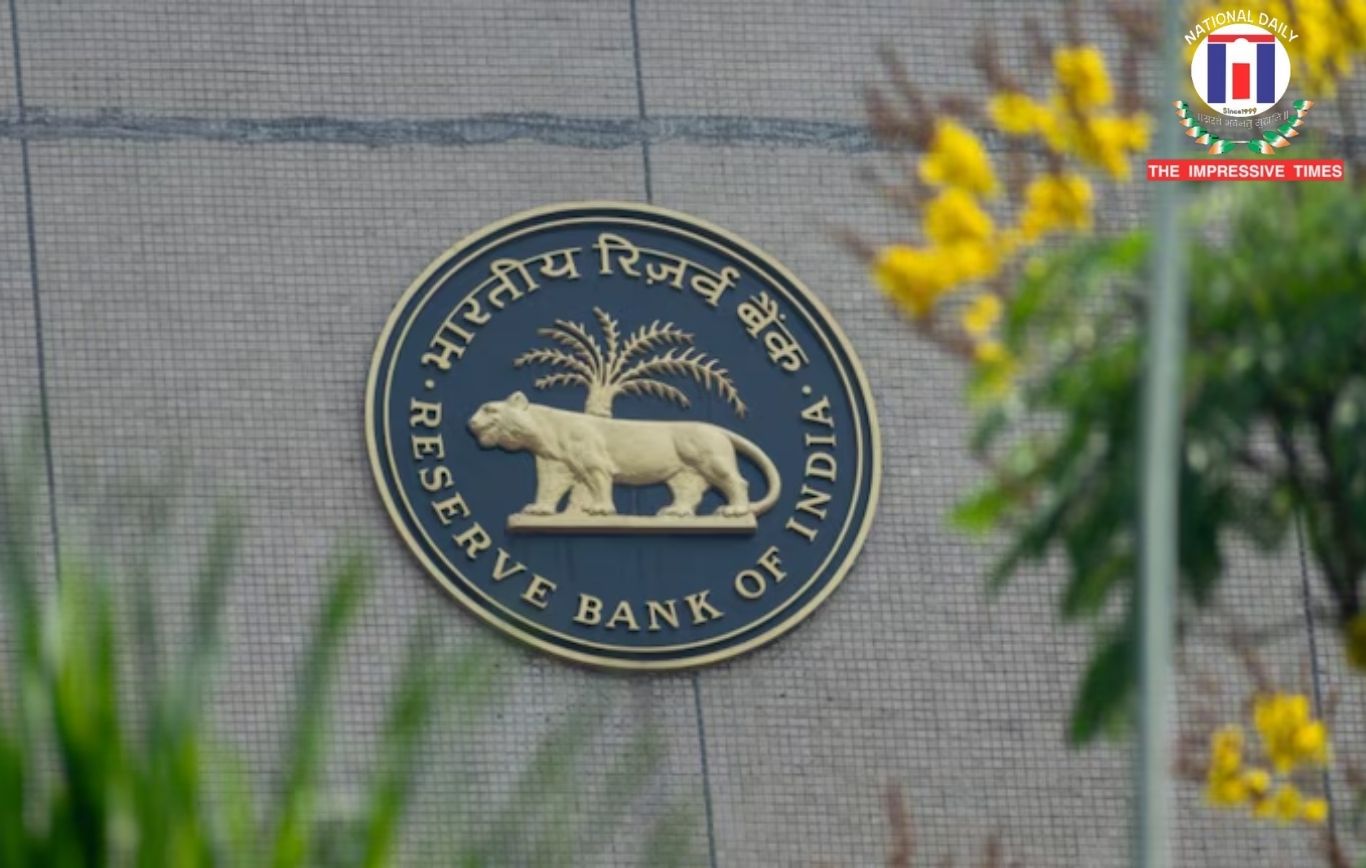
New Delhi : The Reserve Bank of India’s (RBI’s) final guidelines on project finance, effective October 1, 2025, is good news for everyone. The May 2024 draft rules had stiffer provisioning norms, which the final regulations have eased somewhat.
These rules, governing how banks and non-banking financial companies (NBFCs) fund large-scale infrastructure and real estate projects, aim to tighten risk management without choking the flow of credit.
In the real world, this sort of a mandate would have forced lenders to lock away billions in capital, potentially stifling their ability to finance everything — from small businesses to home loans.
The final rules, however, dial back the intensity.
Provisions for most under-construction projects are now set at one percent, with commercial real estate projects facing a slightly higher 1.25 percent.
Once projects become operational — think toll roads collecting fees or malls leasing space — the requirement drops to 0.4 percent for most projects and 0.75 percent for real estate. This tiered structure acknowledges the higher risks of projects in their infancy while easing the burden once revenue kicks in.
The RBI’s decision to grandfather existing loans — exempting them from the new rules unless restructured after October 2025 — further smoothens the transition, sparing lenders a chaotic overhaul of their portfolios.
However, if a project’s commercial start date is missed, provisions rise incrementally by 0.375 percent or 0.5625 percent per quarter, depending on the sector.
This approach incentivises timely execution without hastily labeling delayed projects as non-performing assets. It’s a nod to the realities of project finance, where timelines often bend under bureaucratic or logistical strain.
Yet, the rules aren’t without teeth. The one percent provision, while manageable, will still dent profits, especially for mega-projects with billion-rupee loans. But that’s an evil banks have to live with.
Smaller banks, already stretched thin, may struggle with the heightened monitoring requirements, which demand closer scrutiny of project progress and prompt reporting of red flags.
Overall, some may argue that RBI bowed to industry pressure, diluting the draft norms to placate bankers. Others might contend that the regulator is being more practical.
I tend to agree with the second view.























































No Comments: